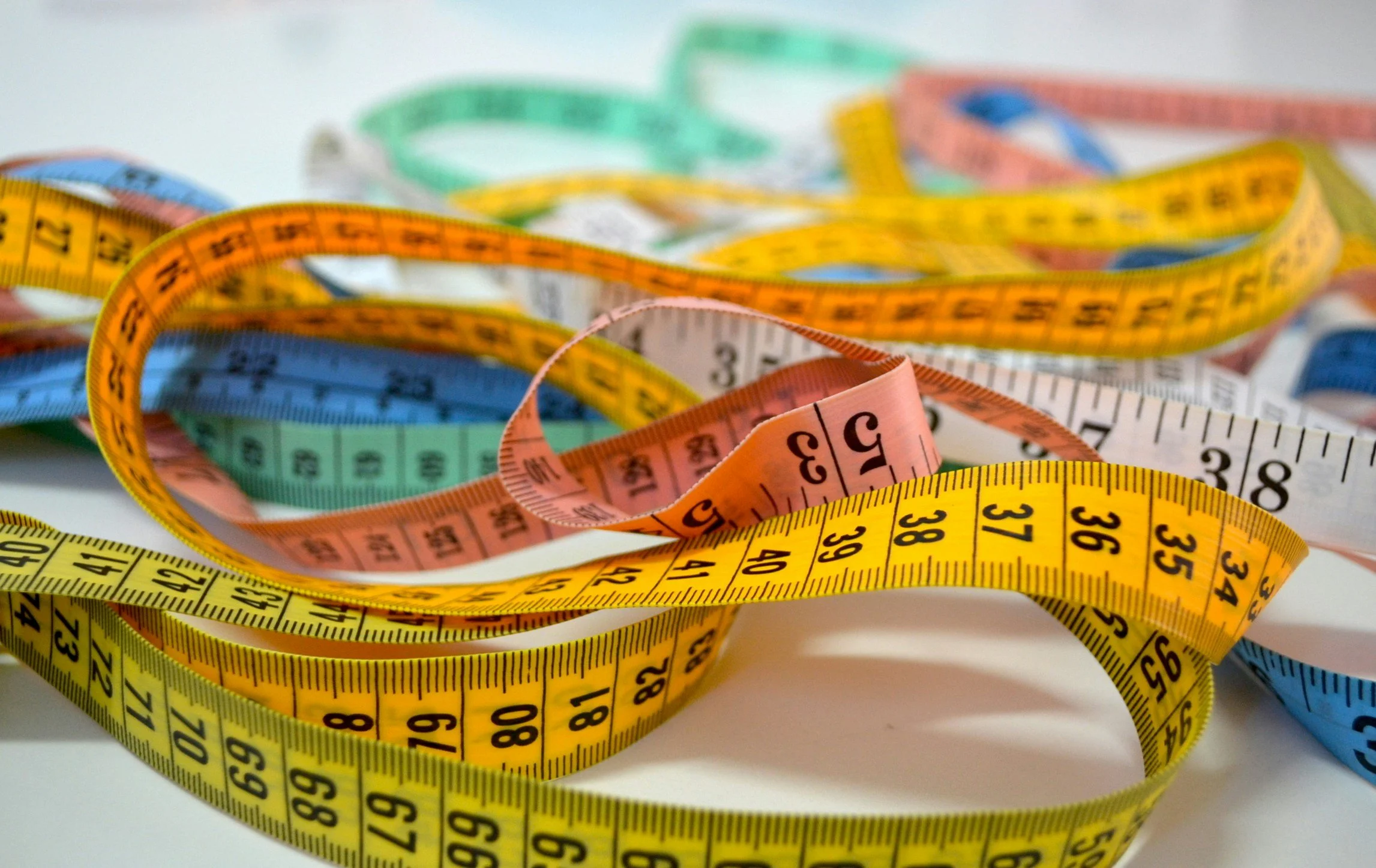The things we carry
Packing for my recent move forced me to face my stuff. I think of myself as a minimalist because I’ve purged books and clothes and kitchen items and linens many times over the years. But who am I kidding?
I’ve got way more than I need. Way more than I want. And way more than I’ll ever again box up and haul.
One of the books I’m glad I’ve kept is The Things They Carried by Tim O’Brien.
Every time I see it, I appreciate the great writing—though I also remember my unrequited aim to be a real writer. Yeah, that’s a persistent and unhelpful negative thought, but actually it relates to the book. The real reason I keep it is to remember that we all carry physical and emotional burdens with us. From house to house. Relationship to relationship. And in my case, blog to blog.
Unlike O’Brien’s soldiers, I have no guns. But I’m a Colorado girl now, so I do have gear. Lots of it! Three pair of skis, four bicycles, a standup paddle board still in its box. A camper van and portable toilet, both bought in a hurry so I could travel during Covid. Rollerblades. Snowshoes. Roof racks that fit cars I no longer drive.
So much stuff! And that’s just the garage. The stuff inside the house is impossible to list.
As I struggled with what to keep and what to toss, I made made lots of choices. But I deferred so many others. I packed in a hurry because I’m a girl who beats deadlines. And I’m an editor, so I knew I’d have other chances to crystallize my thinking. I vowed to continue culling as I opened each box.
Whether you’re moving to a new home or just want a fresh look at your old stuff, here are three questions that can help you—help us—decide what matters most.
Who am I now? On the surface, at least, our identity and our stuff become conflated. Am I still the hippie chick who needs a poncho in every color and weave, and saves bags of scrap yarn for the next project? Or the city girl in cashmere and blue suede shoes who might need a party dress and a pink feather boa? We’re never only one thing, of course, and we’ll constantly evolve. But the trick is for our view of ourselves to keep pace with reality. And to be willing to let go of the stuff that no longer keeps us afloat.
What is my legacy? A professor friend said she no longer keeps hard copies of her teaching and research materials because everything she has published is online. But she saves a box of the work that defined her career. That way, if she’s bedridden, or when the end is near, she can tap back into the passion that kept her alive. So I’ve started a box of my own. In it are my MFA thesis, some published short stories, and a memoir I ghost-wrote for a friend. I hope to keep adding to that box, and to take it with me wherever I go.
How sentimental are we? The biggest fight I ever had with my mother was over photos I tore in half and discarded before leaving for college. She dug them out of the trash and accused me of having no heart. This time around, I was more collaborative but no more sentimental. I showed my son the bins of prints and asked him what he cared to save. We each scanned a few favorite images, and together we tossed the rest.
So here’s where I think the bubble wrap meets the road: As we age, we’ll need less and less physical evidence of our existence.
Until our brains are full of holes, we’ll keep our memories upstairs.
And saving old photos, or clothes, or papers or books, is no measure of our capacity to love.






